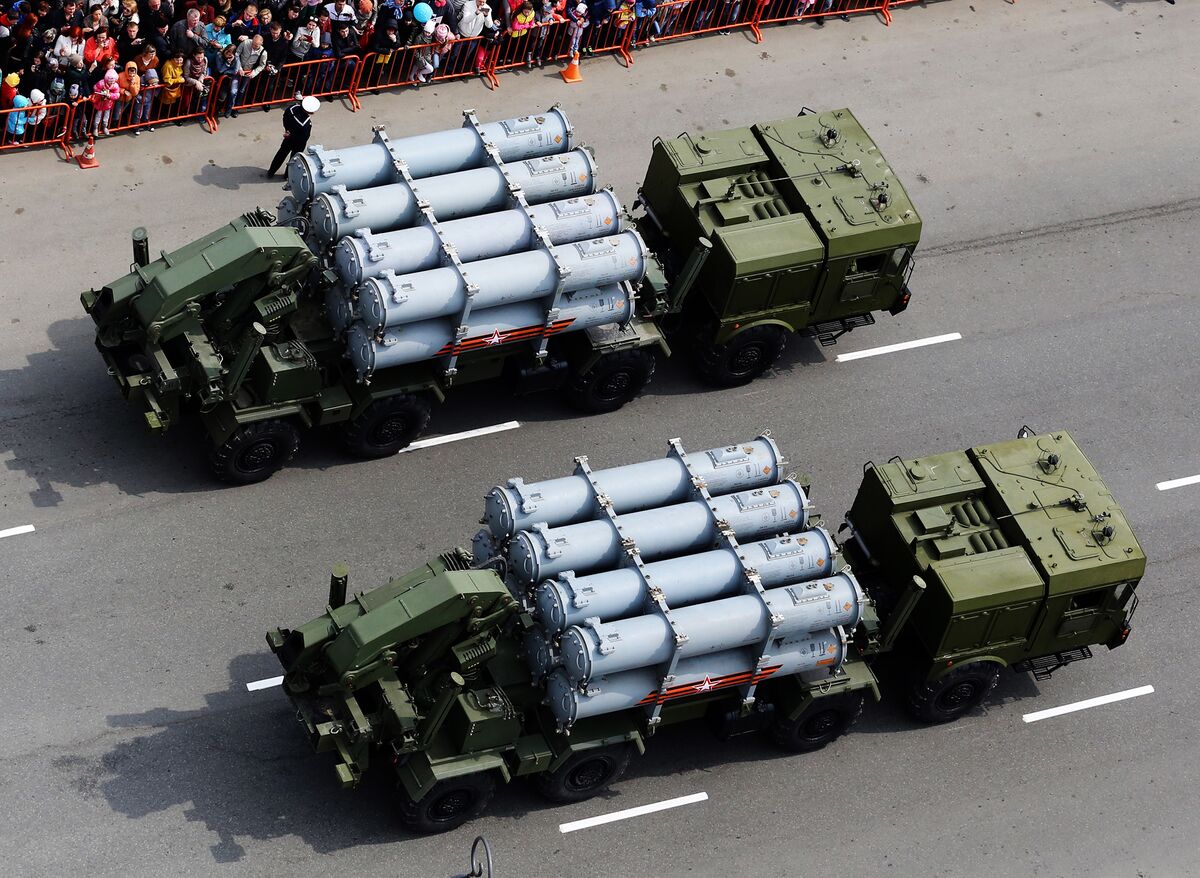The revised SI rests on a foundation of seven values, known as the constants. (SI is the acronym for the International System of Units, which is informally known as the metric system.) The values of the constants are the same everywhere in the universe. In the revised SI, these constants completely define the seven base SI units, from the second to the candela.
The below graphic shows the seven base SI units and the constants used to define them. Click on each of the SI units (outer boxes) to see which constants (inner boxes) define them.
c: the speed of light in vacuum ..is equal to 299,792,458 meters per second.
In the revised SI, c helps to define the meter, kilogram and kelvin.
h: the Planck constant.. is equal to exactly 6.626 070 15 × 10-34 Joule seconds.
e is the amount of charge in an electron. It’s connected to electromagnetism, one of the four forces of nature.
In the revised SI, e is equal to 1.602176634 × 10-19 coulombs.
The hyperfine transition frequency ∆νCs is equal to 9,192,631,770 hertz.
The Boltzmann constant relates an object’s energy to its temperature.
In the revised SI, the Boltzmann constant k equals 1.380649 × 10-23 joules/kelvin.
The Avogadro constant defines the number of particles in a mole
In the revised SI, NA equals 6.02214076 x 1023 particles per mole.
Kcd: the luminous efficacy of monochromatic radiation of frequency 540 × 1012 hertz










